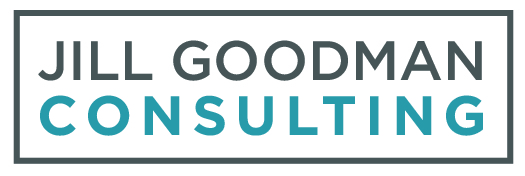Unleash the Power Hidden in MarCom
The role of the Marketing and Communications (MarCom) Director is a complicated one within the advancement department. It is up to the MarCom Director to develop and execute on a MarCom plan that supports the school's strategic vision and goals. She must get her colleagues and stakeholders on the same schedule, using the same messaging, reporting by specific deadlines, and using collaborative tools to maximize the workflow. Most importantly, prospective and current parents, students, faculty, and donors judge the merits of the school on the quality, timeliness, depth, and relevance of the school's communications.
Dr. Carrie Grimes, Director of the Independent School Leadership Master's Program at Vanderbilt University, was a recent guest on InspirEd School Marketers SparkCast and said,
We are seeing an evolution from conceptualizing the marketing and communications professional in our schools as transactional employees who are there to crank out media collateral, push out newsletters, e-blasts, and magazines, to seeing marketing and communications professionals as highly strategic, evidence-based practitioners who are designing strategy around a whole host of initiatives. These individuals have become extraordinarily important members of the leadership team.
I completely agree. But, what happens when there is something wrong with the culture of collaboration, trust, and communication at a school? Here is a case in point:
In my initial meeting with the school's trustees, they all agreed that there was a problem with the development, admissions, and communications departments. Each area was falling short of the stated goals, and the trustees saw each department leader as lacking in skills. After several meetings with key stakeholders to assess the situation, I offered recommendations to the trustees. The board chair asked me to mentor the Head of School and provide guidance to the leaders of the three branches of the advancement team for one full school year.
I quickly understood that the Head of School could not provide direction to the leaders and used a divide and conquer strategy to keep each leader from talking with each other. He did not allow the leaders to attend board meetings or report to the board on their progress or vision for their department. He insisted that they only speak to him before making any decisions. None of the three leaders trusted the others and were wary of any collaboration. Most dishearteningly, they did not consider themselves leaders and felt disempowered.
The Admissions Director and the Development Director were trying to uphold the unsustainable situation, alone in their siloes. We worked on several things together to increase efficiency and crystallize the vision for each area. We also created a vital working relationship and rapport with trustees.
The situation was very different for the MarCom Director. She needed direct information and input from many people at the school to build an effective program. She needed to understand the board's strategic vision and have the latitude to lead the program. With the Head's insistence on direct reports from all over the school, the MarCom Director found herself unable to obtain correct and timely information due to a lack of collaboration and trust. Faculty, staff, board, admissions, and development ignored her deadlines, and they expected her to respond to unreasonable last-minute demands. They expected her to monitor multiple calendars held by department chairs for possible changes. The Head and trustees blamed her for errors, omissions, and miscommunications in the outward-facing calendar, social media posts, and publications.
By considering the unique challenges of the MarCom Director, we were able to make shifts in perceptions through practice. We changed her workflow, facilitated new school-wide policies for communications, and created a strategy to gain buy-in for the new guidelines. We recruited board advocates in the form of a MarCom committee and insisted that she appear and report at each board meeting. We built the basis for a collaborative advancement team that came to be seen as leaders by all stakeholders. I worked to empower each of them and to make their own decisions as a team. At the same time, I worked with the Head of School to help him trust his team's skills and implement a reporting strategy that gave him the confidence to let go of the need to approve every decision.
Each person at an independent school has a complicated set of roles and responsibilities. Often, the roles conflict with one another or have competing goals. I work with school leaders to clarify this inherent murkiness and shed light on the blind spots that leaders need to see to move forward together.
The author, Jill Goodman, is a consultant working with independent school leaders to advance their school’s mission, enhance their processes, and bolster their skills. Learn more about all services here.



